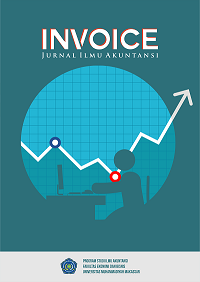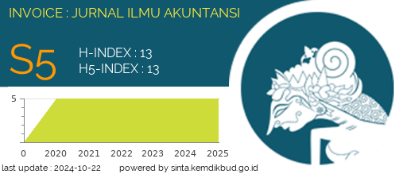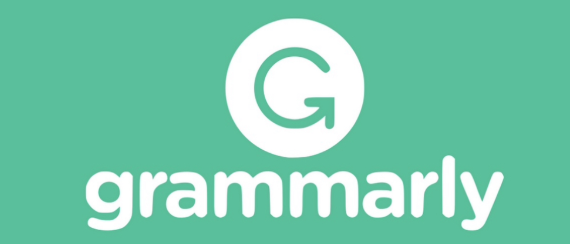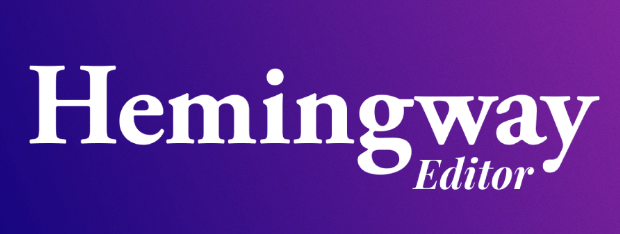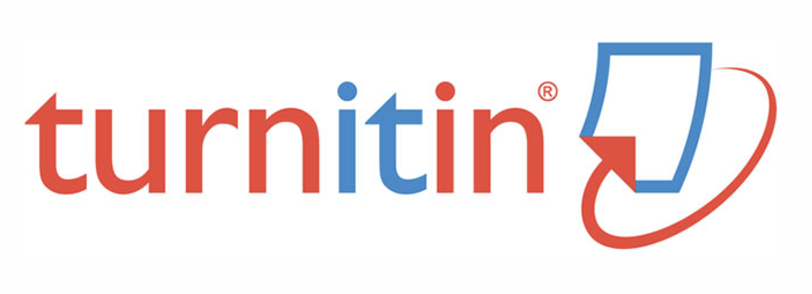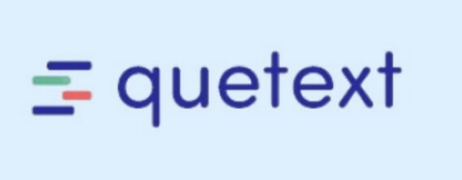Evaluation of Debt Payment Procedures through Domestic Documentary Credit (SKBDN): A Case Study of PT Varia Usaha Beton
DOI: https://doi.org/10.26618/pzd7bp58
Abstrak
This study investigates the implementation of vendor debt payment procedures through Domestic Documented Credit Letters (SKBDN) at PT Varia Usaha Beton Sidoarjo. The purpose is to evaluate the effectiveness, efficiency, and challenges of SKBDN in supporting corporate payment systems. Data collection methods included observation, documentation, and semi-structured interviews with key personnel from the Treasurer Division. The findings show that SKBDN follows a structured process, beginning with document preparation, internal verification, managerial approval, and subsequent submission to the bank. This system provides a strong payment guarantee and strengthens internal financial control. However, its practical application remains less effective because fund disbursement requires up to six months, leading to delays in vendor transactions. The delays are primarily caused by document complexity, multi-level verification, and extended coordination between parties. Despite these drawbacks, SKBDN offers financial advantages since administrative costs and penalties are shifted to vendors, creating cost efficiency for the company. As a response to prolonged payment timelines, PT Varia Usaha Beton has considered adopting Supply Chain Financing (SCF), even though it involves higher costs. This study provides valuable insights for organizations evaluating debt payment systems, highlighting the importance of balancing timeliness, cost efficiency, and operational effectiveness.
Referensi
Amin, SA, Wiyata, PS, Putra, DM, & Mukhroni, Z. (2023). SKBDN and Collection Procedures at the Finance Department of PT Pupuk Sriwidjaja Palembang. Journal of Economics, Business, Management, and Accounting (JEBMAK) , 2 (1), 183–196. https://doi.org/10.61930/jebmak.v2i1.65
Apriyani, MW, & Vendy, V. (2023). Analysis of Bank Expenditure System of Subcontractor Payment Using SAP in the Construction of the Section 4A Pasuruan – Probolinggo Toll Road Project. Proceedings of International Conference on Economics Business and Government Challenges , 6 (1), 65–75. https://doi.org/10.33005/icebgc.v6i1.56
Indonesia, B. (2013). Attachment I of Bank Indonesia Circular Letter Number 15/6/DPNP Dated March 8, 2013 Concerning Commercial Bank Business Activities Based on Core Capital Definition/Characteristics of Bank Products and Activities .
Lestari, T., & Hayatie, MN (2019). Analysis of Internal Sales Control Using Domestic Documented Letters of Credit (SKBDN) at PT. Harmak Indonesia, Clapar, Kulonprogo. Politala Accounting Research Journal , 2 (1), 55–68. https://doi.org/10.34128/jra.v2i1.16
Mawadah, S., & Pibriani, T. (2022). Implementation of Wakalah in Domestic Documented Letters of Credit in Islamic Banking. Ulumuddin: Journal of Islamic Sciences , 12 (2), 285–304. https://doi.org/10.47200/ulumuddin.v12i2.1372
Mulyadi. (2016). Accounting System (4th Edition). Salemba Empat.
Nikmah, DA, & Dewi, SM (2022). Evaluation of Vendor Driver Assessment Using the Simple Additive Weighting Method (Case Study of PT Semen Indonesia Logistik) .
Rafli, MR (2025). Project Payment Methods Using SKBDN or L/C (Letter of Credit) . Mekari Journal.
Rahmawati, NA, & Handayani, A. (2025). Analysis of the Accounts Payable Payment System at the Purchasing Unit of PT ABC. Co-Value Journal of Economics, Cooperatives & Entrepreneurship , 15 (8). https://doi.org/10.59188/covalue.v15i8.4995
Sa'Adah, A. (2023). Implementation of Vendor Bill Payment Procedures through Domestic Documented Letters of Credit (SKBDN) in the Accounting and Finance Division of PT Hutama Karya (Persero) .
Septiani, NK, Widawati, IAP, & Septiviari, AAIM (2024). Analysis of Supplier Debt Payment Procedures at Hotel X. AKADEMIK: Journal of Economics & Business Students , 4 (3), 1109-1123. https://doi.org/10.37481/jmeb.v4i3.868
Wijaya, JA (2023). Evaluation of Debt Payment Procedures at PT. Mitra Skala Int. Journal of Accounting , 2 (2).
Yasar, M., & Sya'rawi, H. (2022). Review of Accounts Payable Payment Procedures of Galaxy Hotel Banjarmasin to Suppliers. Journal of Business and Management , 1 (1), 21–25.
Yusmi, A., & Sumarna, AD (2023). Internal Control-Based Business Process Design to Minimize Delays in Vendor Debt Payments. Journal of Business, Finance, and Economics (JBFE) , 4 (2), 58–71. https://doi.org/10.32585/jbfe.v4i2.4637
Unduhan
Diterbitkan
Terbitan
Bagian
Lisensi
Hak Cipta (c) 2025 INVOICE : JURNAL ILMU AKUNTANSI

Artikel ini berlisensi Creative Commons Attribution-NonCommercial-NoDerivatives 4.0 International License.
Authors who publish with Invoice: Jurnal Ilmu Akuntansi agree to the following terms:
-
Copyright Ownership
The copyright of all articles published in this journal remains with the author(s). However, the authors grant Invoice: Jurnal Ilmu Akuntansi the right of first publication with the work simultaneously licensed under a Creative Commons Attribution 4.0 International License (CC BY 4.0). This license allows others to share, copy, redistribute, adapt, and build upon the work for any purpose, even commercially, as long as proper credit is given to the original author(s) and the source. -
Licensing and Access
Invoice: Jurnal Ilmu Akuntansi provides immediate open access to its content on the principle that making research freely available to the public supports a greater global exchange of knowledge. All published materials are available freely without subscription or payment and can be accessed, downloaded, and reused by any user provided that appropriate attribution is given. -
Permission for Reuse
For uses not covered by the CC BY 4.0 license, such as commercial reprints, translations, or any form of adaptation without clear attribution, users must obtain written permission from the editorial team. Requests for such permissions can be directed to the editorial office at: [invoice@unismuh.ac.id]. -
Plagiarism and Originality
Authors are responsible for the originality of their submissions. All articles are screened for plagiarism using appropriate tools before acceptance. Manuscripts found to contain unoriginal content or infringing materials will be rejected or retracted as per journal policy.

